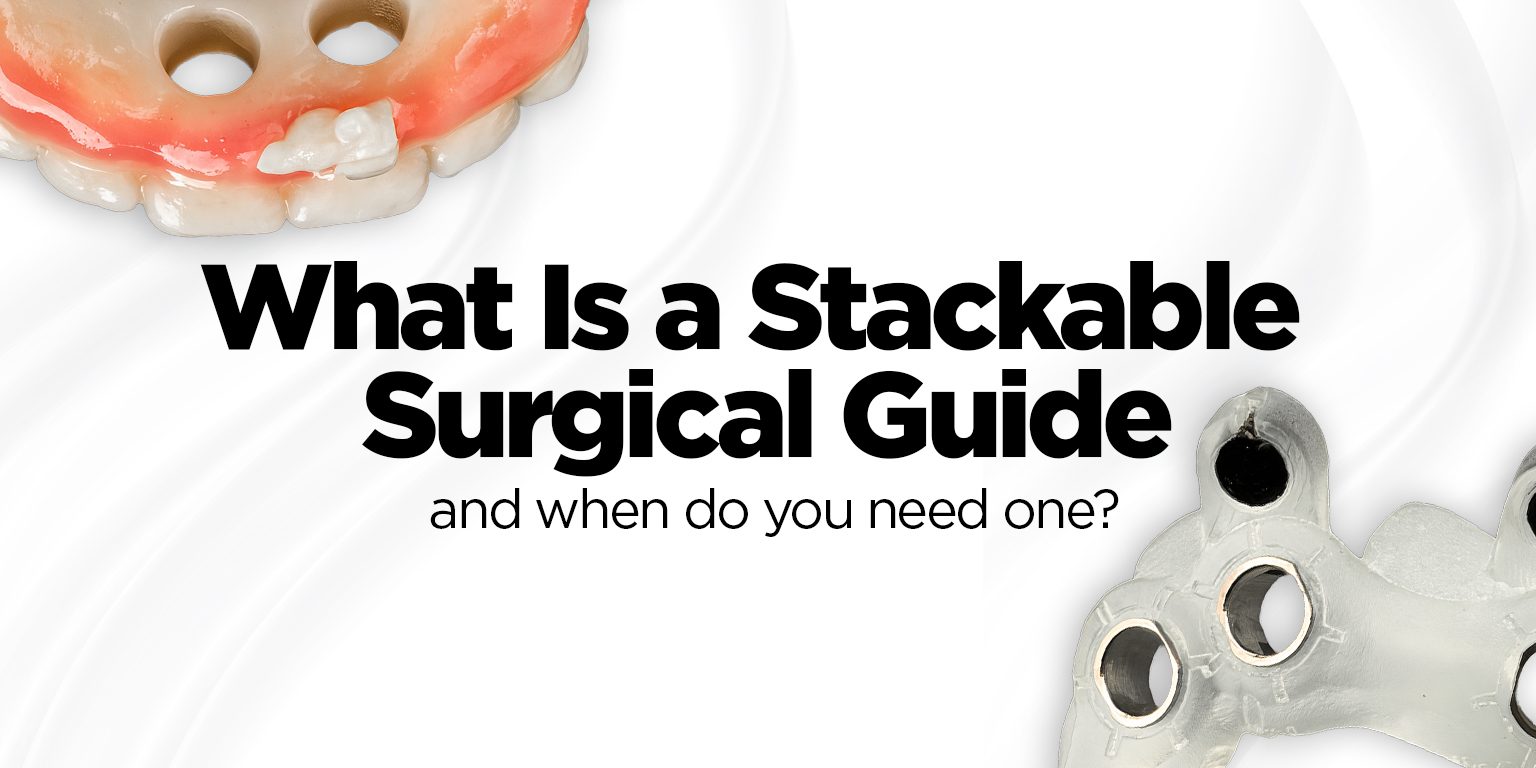What Is a Stackable Surgical Guide and When Do You Need One?
Full-arch implant rehabilitation has advanced dramatically in the last decade. Today’s clinicians face a growing demand for faster, safer, and more predictable outcomes. To achieve this, digital workflows and guided surgery have become essential tools. Among the most powerful innovations in this space is the stackable surgical guide system, a multi-component guide solution designed for complex full-arch cases.
Unlike single-piece surgical guides, stackable systems provide a sequential, step-by-step approach to implant surgery, bone reduction, and prosthetic placement. This article explores what stackable surgical guides are, how they work, and when they are most beneficial in clinical practice.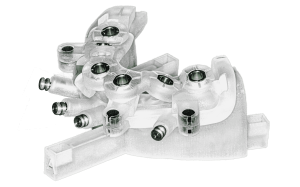
What Is a Stackable Surgical Guide?
A stackable surgical guide is a modular, multi-step guide system that “stacks” different components during surgery. Each layer or component supports a specific stage of the workflow:
- Pin Positioning Guide (PPG): Establishes fixation pin placement and ensures guide stability.
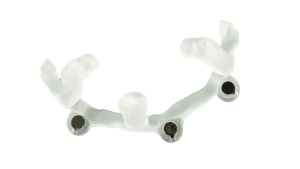
- Bone Reduction Guide (BRG): Guides the reduction of alveolar bone for prosthetic space and esthetics.
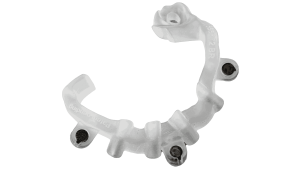
- Implant Surgical Guide (ISG): Controls implant drilling depth, angulation, and position.
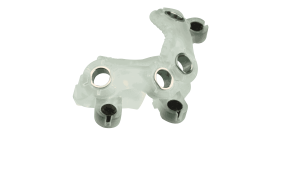
- Provisional Prosthesis Index/Restoration: Provides immediate loading and esthetics.
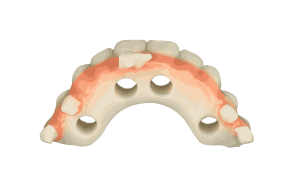
These guides are designed to fit together seamlessly, often magnetically or mechanically, ensuring stability and precision from start to finish.
Why Stackable Guides Matter in Full-Arch Surgery
Full-arch rehabilitation involves multiple critical steps. If each step is performed independently, without precise alignment, errors can accumulate. Stackable guides eliminate this risk by ensuring that each stage builds on the previous one with exact accuracy.
Key benefits include:
- Consistency: Each guide aligns perfectly with the others, reducing cumulative errors.
- Efficiency: Streamlines workflow by organizing complex steps into a controlled sequence.
- Accuracy: Maintains prosthetic-driven implant placement throughout surgery.
- Versatility: Can be adapted to bone-, tooth-, or tissue-supported designs.
- Immediate Load Support: Allows seamless transition from implant placement to provisional prosthesis delivery.
When Do You Need a Stackable Surgical Guide?
1. Full-Arch, Edentulous Cases
Stackable systems are most valuable in fully edentulous patients where accuracy and stability are critical. They ensure implants are placed in alignment with the prosthetic plan, even without natural teeth for reference.
2. Bone Reduction Required
In many cases, bone must be reduced to create prosthetic space and esthetic transition lines. The bone reduction guide within a stackable system ensures that this is done precisely, avoiding over- or under-reduction.
3. Immediate Loading Protocols
When patients are receiving a same-day provisional prosthesis, accuracy is non-negotiable. The stackable system ensures that implants, multi-unit abutments, and the provisional prosthesis align perfectly.
4. Complex Prosthetic Demands
For patients with high esthetic expectations, severe bone loss, or challenging occlusion, stackable systems provide the reliability needed for long-term predictability.
Clinical Workflow with a Stackable System
- Digital Case Submission
Clinicians upload CBCT scans, intraoral scans, and patient records. - Prosthetic-Driven Planning
Virtual smile design and prosthetic planning are completed first. Implant positions are mapped to support the final restoration. - Guide Fabrication
- PPG: Determines fixation pin placement.
- BRG: Reduces bone to the planned level.
- ISG: Places implants according to plan.
- Provisional prosthesis: Designed and fabricated in advance.
- Surgery
- PPG placed → pins drilled and secured.
- BRG positioned → bone reduction performed.
- ISG seated → implant drilling and placement completed.
- Provisional prosthesis seated → immediate loading achieved.
Advantages Over Traditional Guides
Traditional single surgical guides may assist with implant placement, but they often cannot control multiple surgical steps. Stackable systems solve this problem by addressing:
- Bone reduction and implant placement in one seamless sequence.
- Accurate transfer of digital planning to surgery without repositioning errors.
- Improved efficiency, reducing chair time and surgical complications.
- Higher patient satisfaction through immediate functional and esthetic results.
3DDX Stackable Solutions
At 3DDX, our stackable surgical guide systems are designed for precision and workflow efficiency. Using CBCT-driven planning and collaboration with clinicians, we provide:
- Magnetically stacked or mechanically locked guides for stability.
- Customized BRG and ISG designs for full-arch cases.
- Seamless integration with provisional restorations for same-day results.
Support for zirconia or acrylic final prosthetics.
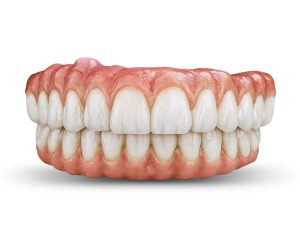
Conclusion
Stackable surgical guides represent the next level of guided implantology. They transform complex full-arch rehabilitations into predictable, prosthetically driven workflows that benefit both clinicians and patients.
You need a stackable system when:
- Treating fully edentulous arches.
- Performing bone reduction.
- Delivering immediate-load restorations.
- Managing complex prosthetic or esthetic demands.
At 3DDX, we partner with clinicians to deliver stackable surgical guide solutions that streamline surgery, improve outcomes, and maximize long-term success.
Submit your next full-arch case to 3DDX and experience the precision of stackable guided workflows.

 Support
Support FINE-TUNE
FINE-TUNE ORDER SERVICES
ORDER SERVICES PRODUCT SHOP
PRODUCT SHOP 1-866-834-7925
1-866-834-7925